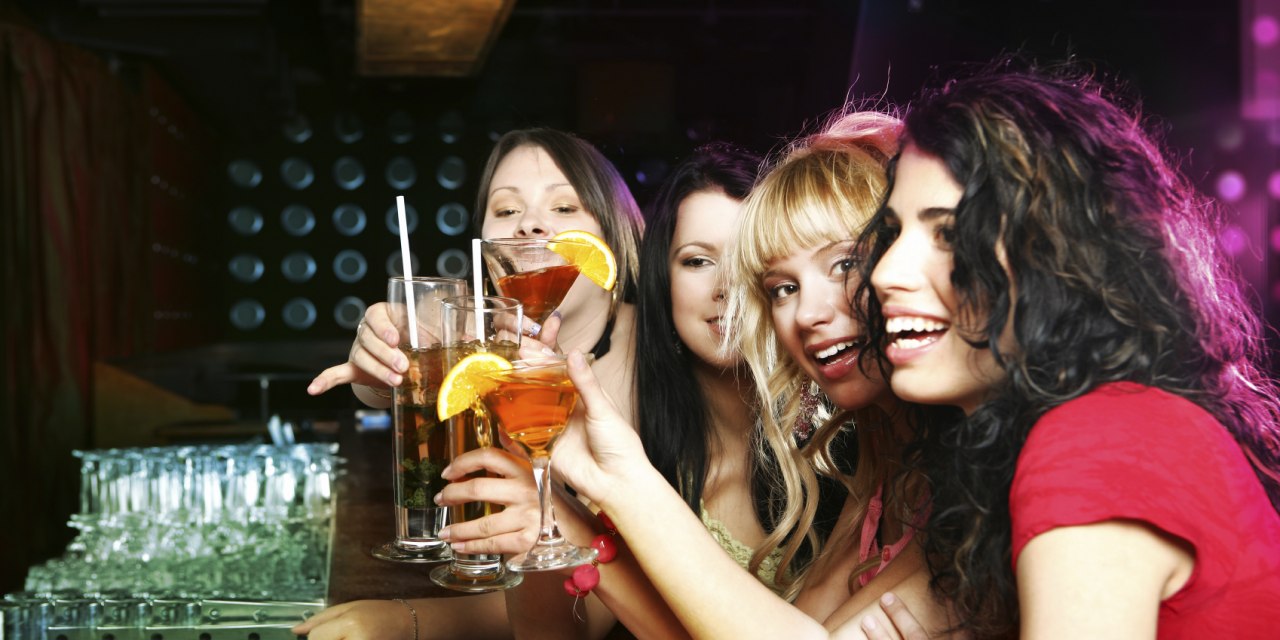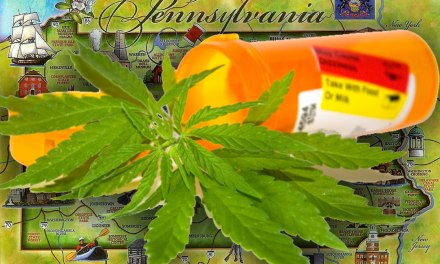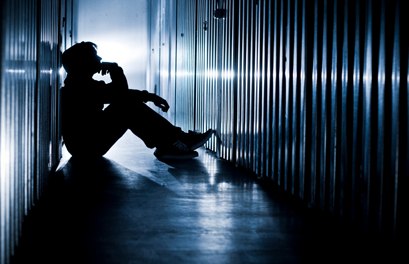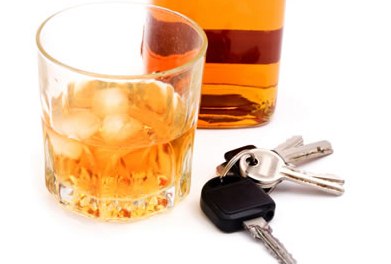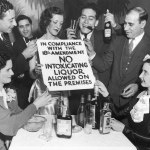No, I’m not referring to some jerk spiking drinks with GHB. Here’s today’s topic: what happened to alcohol-related problems during the pandemic years?
They got worse, and fast.
Most commentators put this down to the stress of pandemic life. There seemed to be an emerging consensus that with COViD on the rise, people just plain needed to drink a lot.
I might have questioned that assumption at the time, but I doubt many folks would have paid attention. Too busy stocking the liquor cabinet, I suppose.
As much as drinking itself increased, the problems it created increased even faster. Some examples from the National Vital Statistics System:
- The rate of alcohol-induced deaths jumped 26% in the span of a year (2019-2020).
- Alcohol-related deaths increased by 50% for pancreatitis, and 23% for liver disease.
- Deaths related to alcohol-induced mental and behavioral disorders rose a full third (33%).
- Last but not least, deaths from ‘accidental’ alcohol poisoning jumped 14%. A government healthcare agency describes such deaths resulting from: “…too much alcohol in the bloodstream…[so that] areas of the brain that control basic life support functions-such as breathing, heart rate, and temperature control-begin to shut down.” That’s not good.
As horrifying as we might find such statistics, the attention of many politicians seemed to be focused elsewhere: on the damage the pandemic was doing to the restaurant industry. America’s dining and drinking establishments did suffer mightily when the public stopped going out for food and drink, due to concerns about COViD. Especially once it became known that transmission was airborne. That meant crowded, enclosed public spaces were to be avoided.
Lawmakers to the rescue: with heavy encouragement from the restaurant industry and its lobbyists, they rushed to loosen longtime restrictions on how, when, and where alcoholic beverages could be purchased and served. In that respect it worked. Though business was still well below pre-pandemic levels, many establishments were able to keep the doors open until things began to calm down.
Now, however, the industry is aiming to preserve the permissions they received when dining establishments were empty. From an article on the Politico website:
“More than three dozen states have extended or made permanent policies permitting cocktails to go and alcohol delivery after businesses reopened and their customers returned.”
Which concerns many in the public health arena. Those restrictions existed to inhibit people’s tendencies to abuse alcohol. Without them, problems related to excessive drinking should increase, perhaps substantially.
Are we supposed to just accept that? Grin and bear it, so to speak, as fatalities continue?
Hope that isn’t what they mean by ‘the new normal’.
Patrick Kennedy, the former Congressman, asks why we don’t treat the myriad problems caused by drinking the way we treat the same kind of problems when they’re due to tobacco use. In other words, why not raise taxes on alcoholic beverages, use the revenue for the public good? Including treatment and prevention of alcohol disorders.
Makes sense to me. Besides, the more expensive we can make a product, even a potentially addictive one, the less of it people are likely to consume. Simple economics, but it suggests that taxes are a way to lower the number of premature deaths and other nasty consequences from people drinking excessively.
Either way, there’s general agreement on the need for better access to treatment for alcohol disorders. Patrick Kennedy maintains that “…access [to treatment] correlates to much higher levels of usage” of treatment services.”
Translation: the more accessible we make addiction treatment, the more people will use it — for their benefit, and as it turns out, ours, too.

